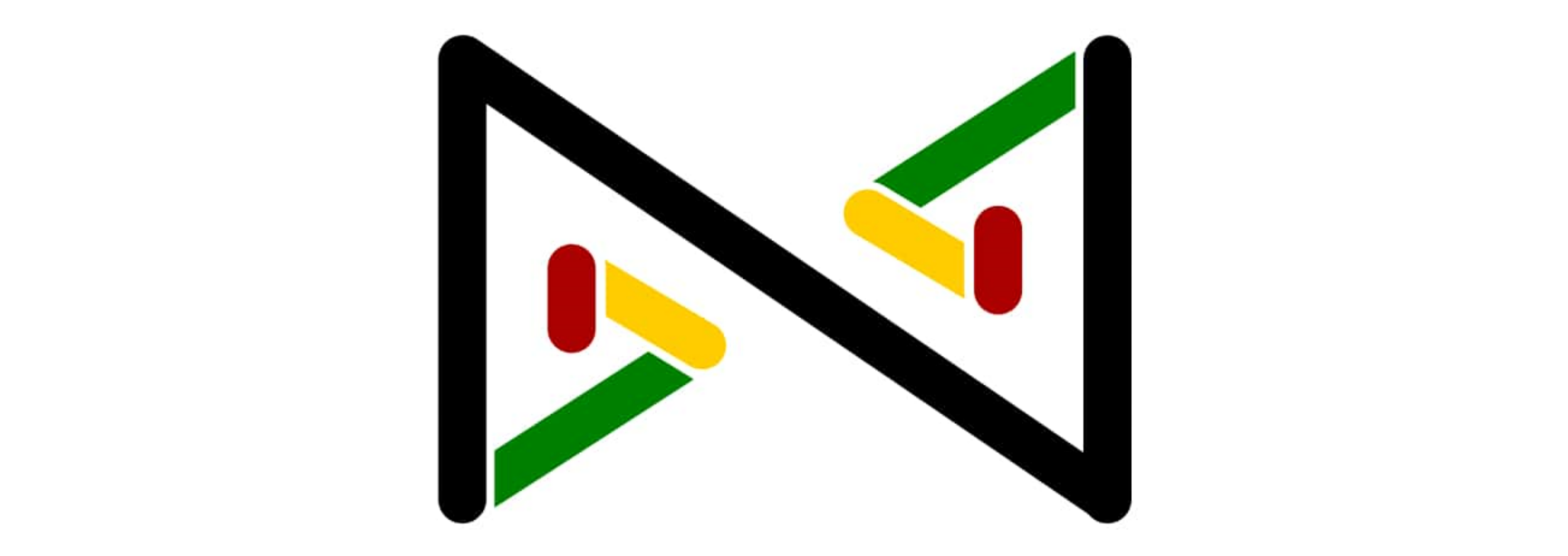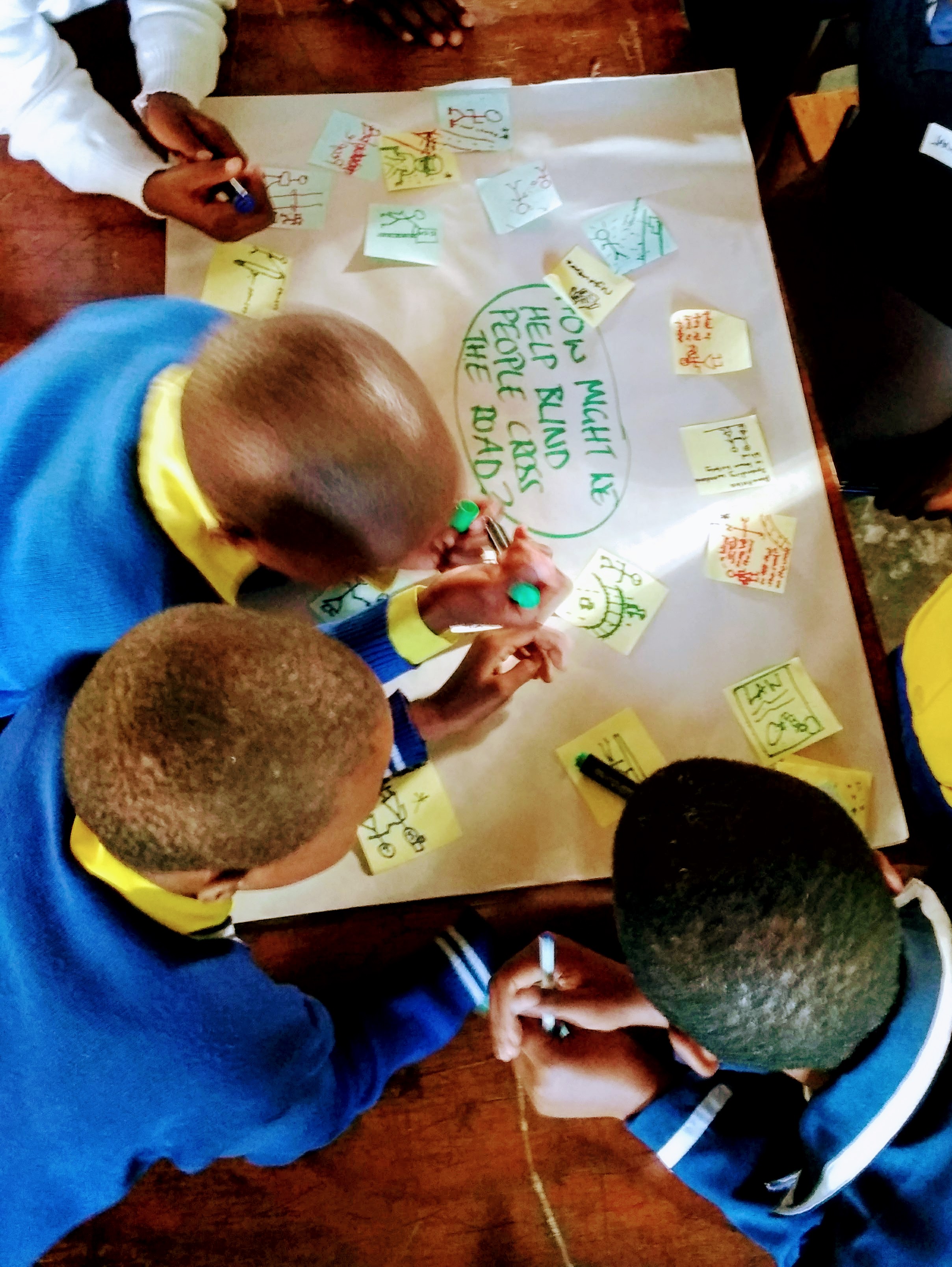Starting Up the ‘Social’ Side of Our Social Enterprise in Zimbabwe
When we started out, we hadn’t thought about how we might be able to make a positive social impact
When my mother and I initially decided to try startup a business in Zimbabwe we actually just wanted to see if we could make a bit of money. We set out making and selling our first Zimbowties but we quickly realised that starting up a business wasn’t going to be a walk in the park and if money was going to be our only motivator we probably weren’t going to stick at it for very long. As much as I like bow ties I guess I couldn’t see myself working on something for one, five or maybe ten years and looking back to see that the only thing we had to show for it was some money in the bank. Heck, I’d already been a trillionaire by the time I was 18 so having lots of money really wasn’t a motivation for me…
Being a trillionaire made me reconsider the importance of money
So we needed a purpose, and money would just be another tool to help us achieve that purpose.
Finding a purpose
We started to look around for places that we might be able to use the sale of our eye-catching Zimbowties around the world to make a positive impact in my hometown, Mutare.
Something we both feel strongly about is the power of education. One of my favourite quotes from Nelson Mandela is
“Education is the most powerful weapon which you can use to change the world.”
So we decided to explore ways that we might contribute to education in Zimbabwe.
If I look back at my own schooling experience, I remember a few pivotal moments such as when I won an award, or a brief word of encouragement from a teacher, and most recently winning a Beit Trust Scholarship, a rare and special gift that allowed me to complete a Master’s in Product Design at the University of Strathclyde in the UK. These moments filled me with the self-belief that if I work hard at something I will always get something out of it.
The power of encouragement and positive rewards was something that we wanted to harness and it sparked the idea of us starting our own scholarship fund for exceptional children in Zimbabwe, The Bow Ties for School Ties Scholarship. We decided that every bow tie we sold would go towards a week of schooling for a talented child that we identified to award our scholarship to.
We wanted to use fashion to have a positive impact on our community
But how does one go about starting up a scholarship and finding the most deserving kids to award it to? Well firstly, through connecting with educators in Zimbabwe, and then by going out to meet the kids yourself.
Making connections
Last year I was in the UK studying for my Master’s and developing the Zimbowties business idea. This was a great opportunity for meeting people who would be the target market for our Zimbowties, but it was really difficult to work on the social side of the business as I knew that I needed to link up with Zimbabwean based educators to do this. My mother didn’t have the time either as she is focused on the manufacturing side of the business and has a job to juggle at the same time. So it was something that I’ve needed to work on and for me, doing this remotely was never going to be as good as meeting people face-to-face.
But, I’ve been home since the start of the year and it’s allowed me to connect with art teachers and educators who have vast amounts of experience with teaching in Zimbabwe. In true Zimbabwean fashion, we’d meet over a cup of tea while they shared some of the challenges of the education system in Zim, and I was able to bounce the idea of a Bow Ties for School Ties Scholarship off them. It turns out that they don’t think we’re completely crazy and that it’s worth giving it a shot!
Some of the most important things are discussed over a cup of tea in Zimbabwe. Photo by Matt Seymour
It was really important for me to have these conversations as I am fully aware that just as we’re still improving the products that we’re selling, so too will our Scholarship be a work in progress. It’s not just about handing out money to make our brand look “good” but it’s rather about creating something that’s going to be really effective and have a positive impact on Zimbabwean children. There’s no way that we can do this without the help of educators in Zimbabwe.
Finding the talent
If you go out into the street and start throwing out money left right and centre people are going to take it from you and spend it faster than they got it. Easy-come easy-go!
So we’ve been very cautious about the image that we project as a social enterprise as we don’t have endless amounts of cash to give away to anyone (unfortunately). We want our scholarships to be valued and to reward select kids who might just be discovering the creative skills that they have. By doing this we hope that we might encourage them to continue to develop those skills. This is important because we believe that creativity is the key to innovation, entrepreneurship, and finding ways to improve your own life and the lives of those around you.
Our discussions with educators led us to identify a number of ways that we might try identify creative kids in the community, including hosting workshops, running competitions or setting up a nomination system.
We decided that the workshop idea might be the best one too start out with so at the beginning of May, I put together a basic “Design Thinking” workshop for the children at the Amatelaz Homework Centre that falls under the wing of Operation Orphan. Design thinking, as outlined by IDEO.org, is a structured process of creative thinking that allows you to identify problems, come up with ideas to solve those problems, and test out ways to solve them.
The children brainstorming ideas at our workshop held earlier this month
I ran the workshop over three afternoons and it was an incredible experience as it allowed me to give a large group of children a set of design tools that I believe can really be of value to them in their lives (I’ve written a detailed blog post on the workshop if you’d like to see exactly what we did). It also allowed me to interact closely with the kids and identify a few exceptional kids whose creativity we’d love to see fostered.
We will be awarding these kids Bow Ties for School Ties Scholarships and will update you further on our social media channels when this happens
What’s next?
We’re really happy with the work we’ve done this year to develop the social side of Zimbowties. Linking up with local educators has enabled us to understand how we might make a positive impact here in Zimbabwe, and running a design workshop allowed us to see just how much potential is out there! In the coming months, we will continue to grow and improve how we encourage the creative kids in our community who we believe will be the next generation of innovators in our country.






